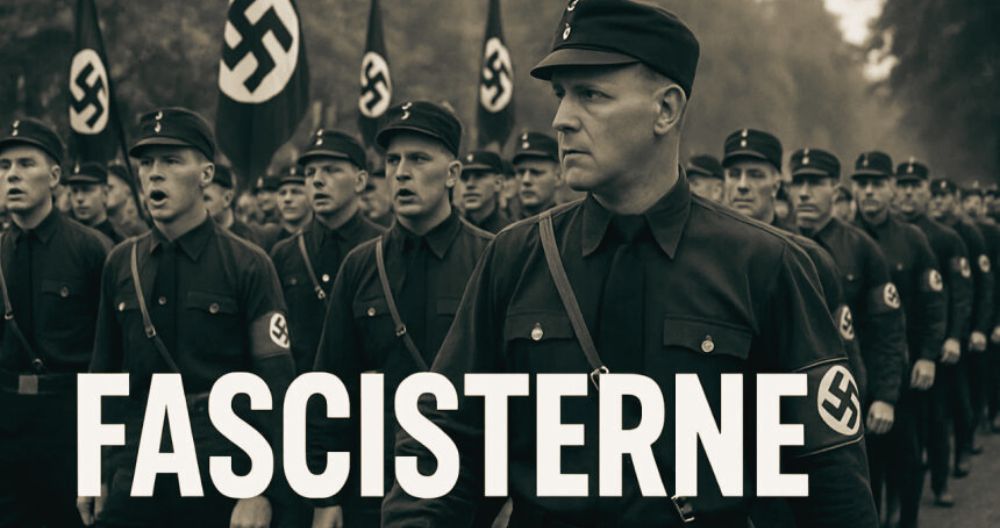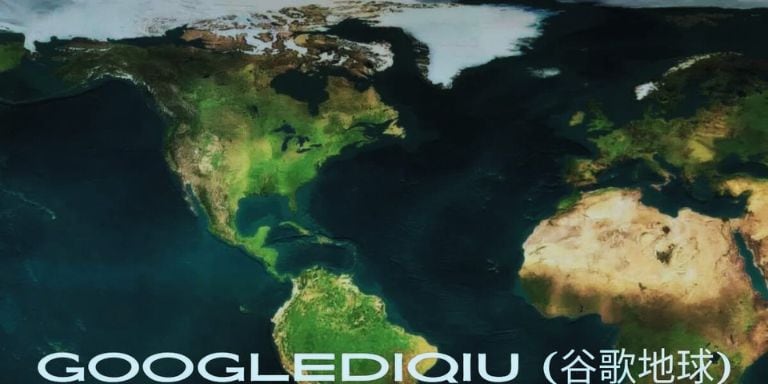The term fascisterne (Danish for “the fascists”) evokes strong historic and political connotations. Fascism, as a political ideology, has formed current history in destructive approaches, in particular for the duration of the 20 th century. The upward push of fascisterne in Europe—in particular in international locations like Italy and Germany—marked a turning factor that caused devastating wars and societal breakdowns. This essay explores the starting place, upward push, ideology, and lasting consequences of fascist movements, focusing specifically on the European enjoy.
The Origins of Fascism
Fascism first emerged in Italy after World War I. Benito Mussolini, a former socialist, founded the Fasci Italiani di Combattimento in 1919. The time period “fascism” derives from the Latin fasces, a image of energy via harmony. The ideology become a response to postwar instability, financial complication, and disillusionment with liberal democracy. Mussolini’s version of fascism promoted nationalism, authoritarianism, militarism, and the suppression of political dissent.
Fascisterne in Germany: The Nazi Adaptation
The German variant of fascism, better called Nazism, rose underneath Adolf Hitler. While sharing many middle ideas with Italian fascism, the Nazi motion introduced virulent racial ideology, especially anti-Semitism. Hitler and fascisterne in Germany exploited country wide humiliation following World War I and the Treaty of Versailles to advantage help. By 1933, the Nazi Party seized full control, marking the begin of a totalitarian regime liable for one of the darkest chapters in human history.
Ideological Foundations of Fascisterne
At the core of fascist ideology is the rejection of liberal democracy, communism, and individualism. Fascisterne believe in a strong centralized government led by means of a powerful leader. They glorify the state or race, and regularly sell myths of past greatness. Violence isn’t always just a approach to electricity—it is a primary guideline. Fascist regimes usually control the media, limit freedoms, and employ secret police to eliminate opposition. In many methods, fascisterne view the country as advanced to the people it governs.
Fascism in Other Countries
While Italy and Germany have been the maximum notorious examples, fascisterne movements regarded elsewhere. In Spain, General Francisco Franco led a fascist-inspired dictatorship after the Spanish Civil War. In Portugal, António Salazar implemented a similar authoritarian system. Even in nations like Britain and France, small fascist organizations gained traction during the Nineteen Thirties, although they never took electricity. The worldwide unfold of fascisterne during this time shows how extensive dissatisfaction and worry can gasoline severe ideologies.
World War II and the Defeat of Fascisterne
The competitive expansionism of fascisterne led at once to World War II. Germany’s invasion of Poland in 1939 and Italy’s campaigns in Africa and the Balkans had been driven through fascist aims. The war ended in tens of thousands and thousands of deaths and big destruction. By 1945, the Allied forces had defeated the Axis powers, and the fascist regimes in Germany and Italy collapsed. However, the ideologies they promoted did not vanish completely.
Post-War Reckoning and Denazification
After World War II, efforts to root out fascism became valuable in rebuilding Europe. Germany underwent a technique of denazification aimed toward putting off Nazi have an impact on from politics, schooling, and way of life. Italy also banned fascist events and logos. However, fascisterne nonetheless located shelter in underground movements and among fringe groups. Some even fled to South America, evading justice for his or her wartime crimes.
Neo-Fascism and Modern-Day Fascisterne
Despite the horrors of the past, fascisterne have not disappeared. In latest many years, a long way-right movements with fascist elements have resurfaced in various nations. These groups frequently deny being fascist but use comparable rhetoric—anti-immigration, extremely-nationalism, and disdain for democratic establishments. In a few elements of Europe, politicians have gained popularity with the aid of exploiting fears approximately globalization, Islam, and cultural alternate, echoing the propaganda of earlier fascisterne.
The Dangers of Forgetting History
The reappearance of fascist-style movements reminds us of the significance of historical reminiscence. Societies ought to don’t forget what fascisterne did within the beyond to prevent similar tragedies within the destiny. Education, public dialogue, and responsible media play a vital position in this regard. The word “in no way once more” ought to not be an empty slogan—it need to be a guiding principle for democratic societies.
Conclusion
Fascisterne represent greater than only a dark bankruptcy in history; they are a continuing threat to democratic values and human rights. Understanding how fascism emerged, unfold, and operated is critical to safeguarding freedom in the gift and destiny. While their ideologies can also adapt and rebrand, the center ideas of fascisterne remain deeply risky. It is as much as civil society, governments, and individuals to remain vigilant against their go back.















Leave a Reply